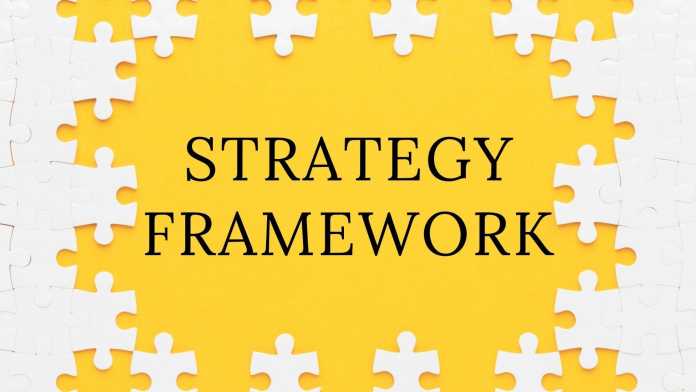The key to long-term success in a company, from the smallest startup to the largest multinational, is a well-thought-out corporate strategy. At its heart, corporate strategy is concerned with the entirety of a company, where choices about its development and overall course are decided. In the end, the goals of corporate strategy are value creation, uniqueness in the marketplace, and market dominance.
What Exactly Is Corporate Strategy?
When well-defined, a corporate strategy can help determine a company’s worth, direct resource allocation toward strategic objectives, and inspire people to strive toward attainable company goals. Adapting to the ever-evolving demands of the market is an ongoing process that requires great attention to detail. Keeping this in mind, vision formulation, goal setting, resource allocation, and priority setting are the four phases of business strategy that are generally agreed upon.
Corporate strategy frameworks are useful tools for organizing ideas and directing efforts toward achieving organizational goals. You can utilize them to figure out how to fix a business problem or come up with a new tactic. And they are frequently employed by strategy consultants when presenting their recommendations to their clients.
Types Of Corporate Strategy
1. Growth
A growth strategy is a company’s plan or objective to achieve substantial expansion in multiple sectors. It may relate to overall expansion or it may be limited to specific areas, such as sales, revenue, following, or firm size. Growth plans can be achieved through either concentration or diversity. Concentration refers to the development of a company’s primary activity, such as a bookshop investing in the sale of more books. Diversification is when a corporation expands its business by entering new markets.
2. Stability
Stability strategies relate to a company’s decision to remain in its existing industry or market since it is currently successful. This strategy sustains the company’s success by continuing its successful practices. To accomplish this, the strategy expert at a corporation may suggest spending in areas where it excels, such as customer satisfaction. For instance, the marketing team could produce commercials with coupons to distribute to clients in order to increase customer satisfaction.
3. Retrenchment
The retrenchment approach pushes the corporation to alter its business direction. This may involve shifting company models or markets. The purpose of this is to eliminate or manage ineffective aspects of the business. A company could accomplish this by altering its business strategy or by deleting certain business components. For instance, if a product line is causing a decline in corporate sales, the product management team may eliminate the line in order to maximise profits.
4. Reinvention
Reinvention strategies are when a corporation redesigns or reinvents an outdated or irrelevant component of its business. The company may incorporate innovative designs, technologies, or goods. A strategy expert could implement this method by dramatically altering a product or service’s function. This could include transforming a physical store into an online store.
Phases Of Corporates Strategy Frameworks
1. Vision formulation
Without a vision, an organization lacks the inability to achieve its goals. If every member of an organization has a different perception of the vision, it can result in strategies and activities that are incompatible. Having a clear vision for where you want to take your company is a crucial part of being a corporate leader today. To encourage greater dedication and teamwork among employees, businesses should look three to five years into the future and include as many key workers as possible in the visioning process. The fundamental objective of developing a company vision statement should be to reflect the leadership’s perspective on the company’s trajectory.
2. Goal setting
From the visioning elements crafted, a set of long-term, company-wide goals (usually spanning three to five years) can be derived and used as the foundation for objective setting. The company’s long-term vision is articulated in its strategic initiatives, which detail the steps management plans to take to realise the organization’s stated purpose. When a business has well-defined strategic goals, it can track its development over time. By sharing this vision openly with employees, you can make sure that they are all working toward the same goals and interpreting the company’s future in the same way.
3.Resource allocation
In the context of achieving organizational objectives, this aspect of corporate strategy refers to the choices made on the most effective use of available people and financial resources. Allocating resources is organizing them in a way that contributes to the achievement of an organization’s long-term objectives. When trying to make the whole more valuable than the sum of its parts, a company’s management must decide how to best distribute these assets among the numerous departments and divisions.
4. Priority setting
The process of prioritization, or the identification of strategic choices, is fundamentally difficult in the realm of business strategy. Companies need to weigh the impossibility of seizing all attainable possibilities and the inherent uncertainty of making business decisions when determining the best possible strategic balance. Firms need to strike a balance between risk management and return generation in order to achieve their goals.







